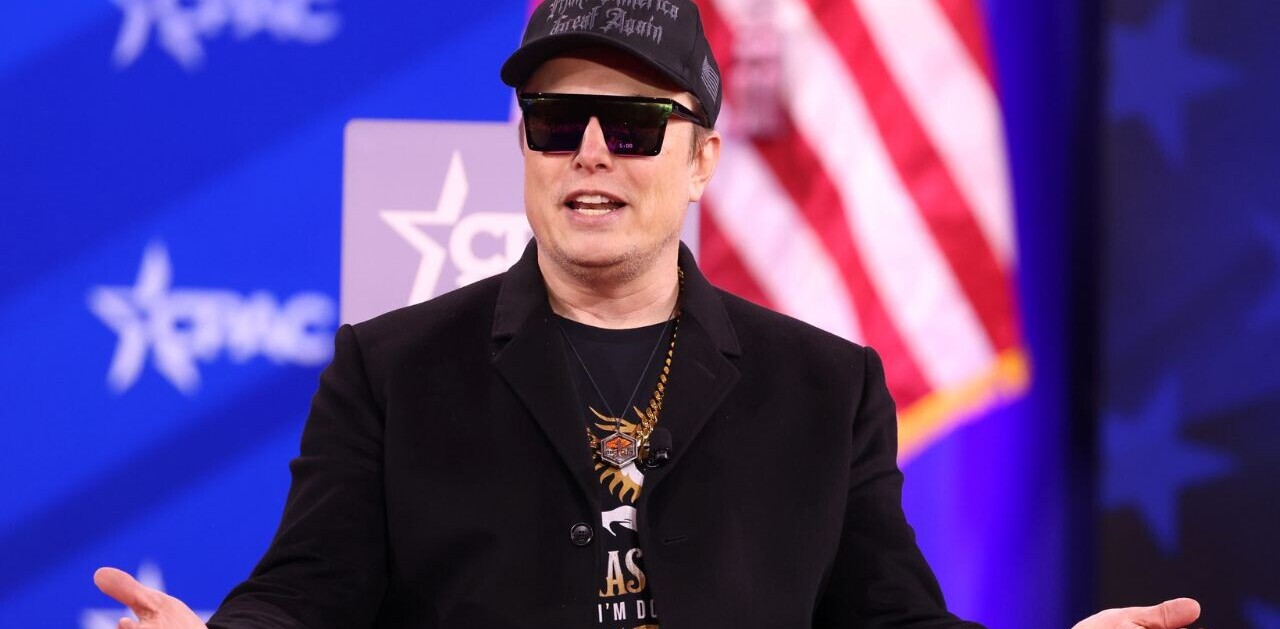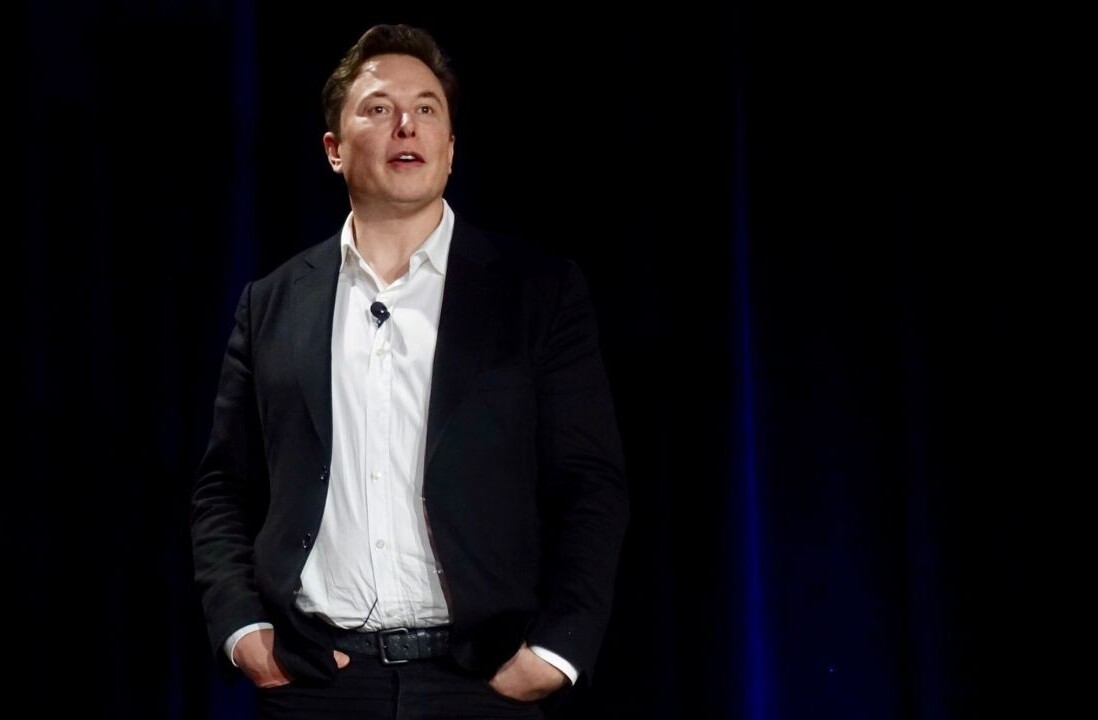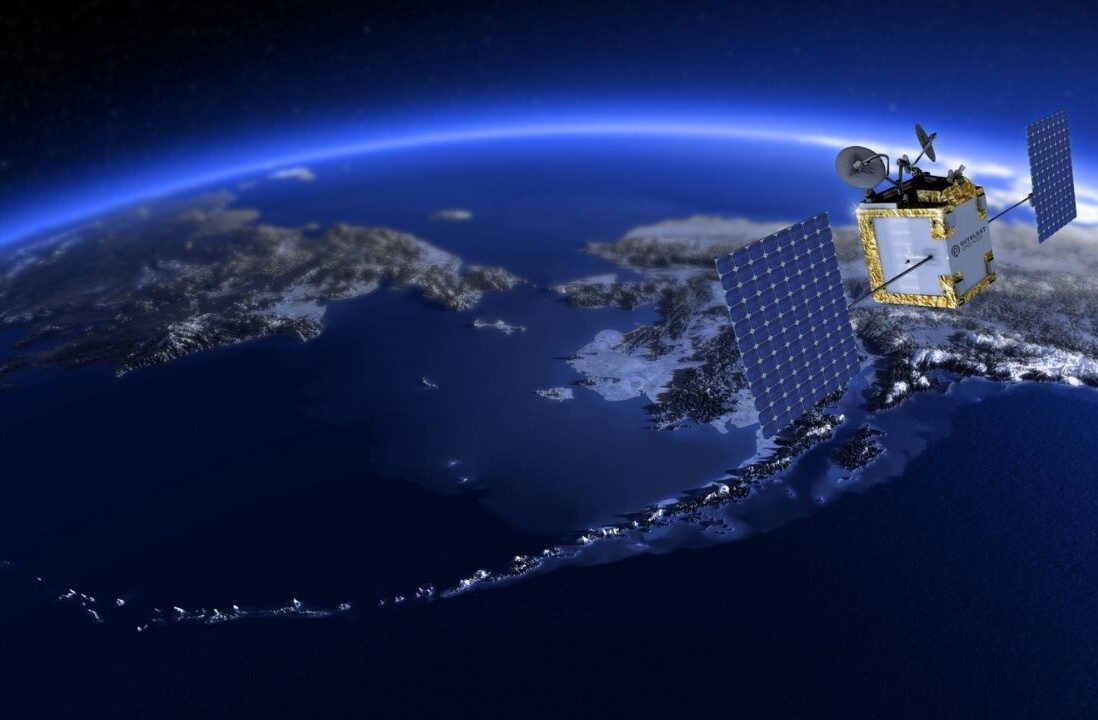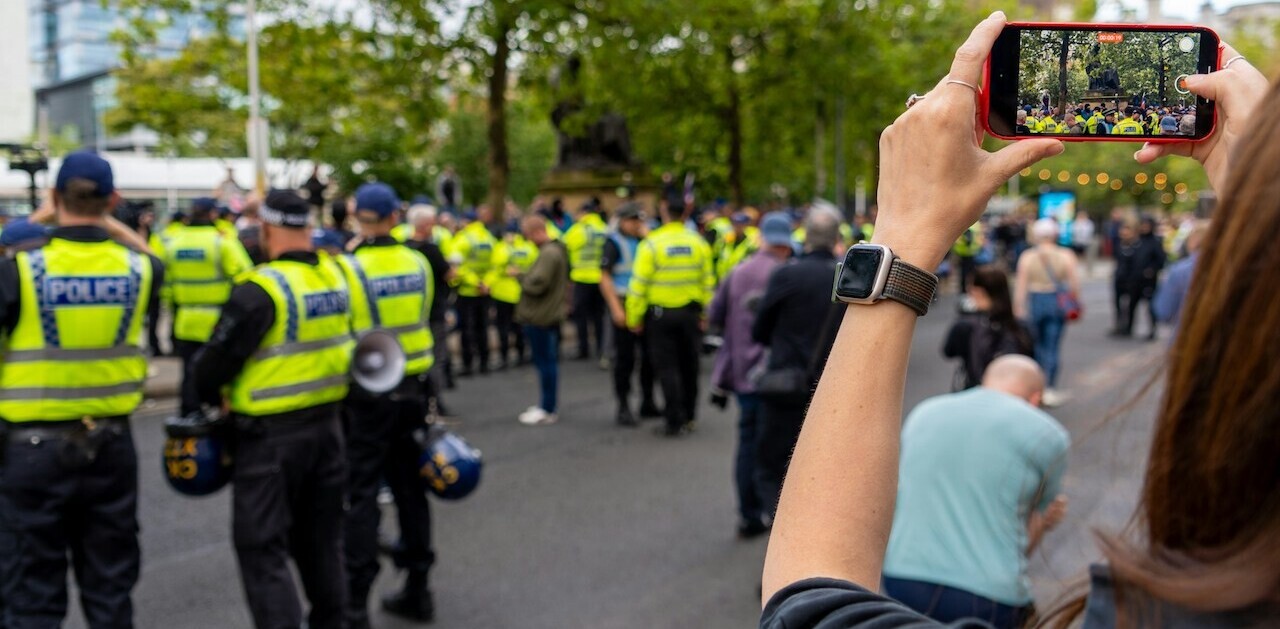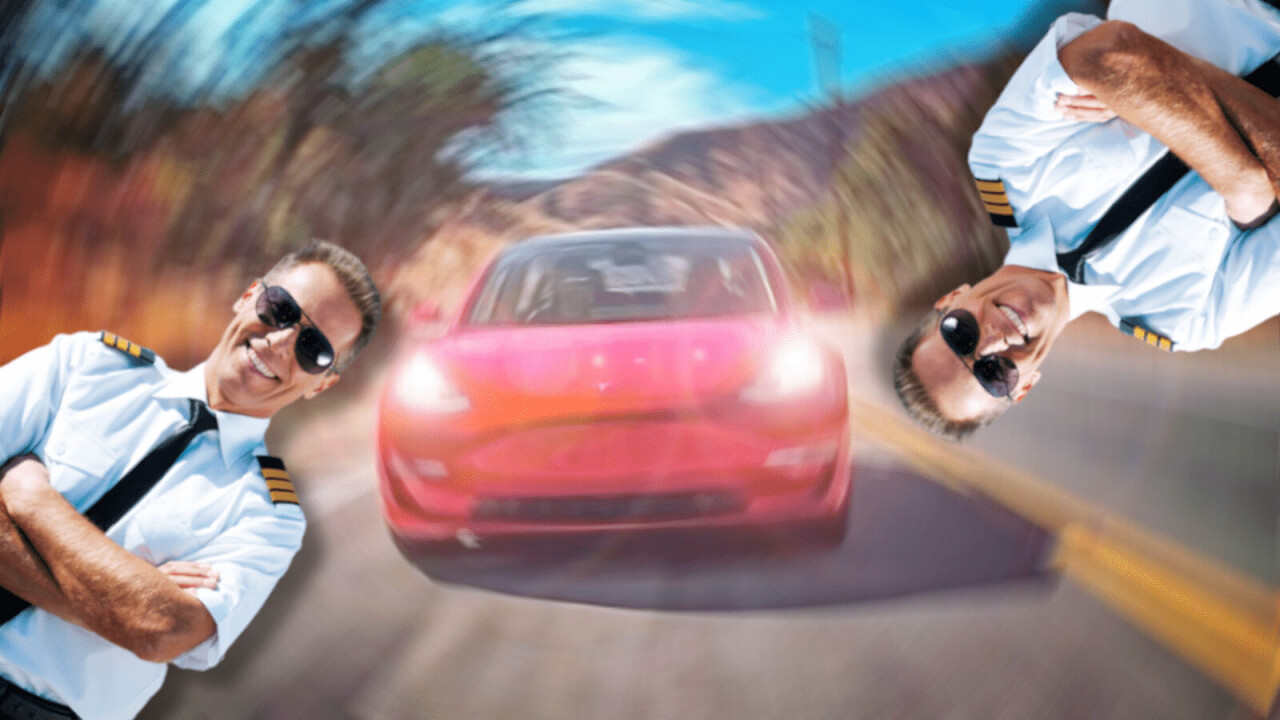
Welcome to SHIFT Basics, a collection of tips, explainers, guides, and advice to keep you up to speed with mobility tech.
Tesla is perhaps the most well-known electric vehicle maker in the world. Whilst it’s perhaps best known for its EV tech, it’s also talked about for its Autopilot and Full Self-Driving (FSD) driver aid systems.
There’s a bit of a problem, though: those terms aren’t exactly clear. There’s an ongoing debate over whether “Autopilot” is misleading, and often the term is used as a blanket which also covers “Full Self-Driving” even though they are two different systems.
We must also remember that Tesla’s come, as standard, with a whole host driver aids and safety features. Often, when we talk about Autopilot, we include some of these features, even though they’re not a cost option on Teslas.
Before we take a look at the specifics of what is Autopilot, what is Full Self-Driving, and how are they different, let’s take a little history lesson.
[Read: The 6 levels of autonomous driving, explained as fast as possible]
Before 2019, Autopilot was known as Enhanced Autopilot, and included features which are now part of Tesla’s Full Self-Driving package. In February 2019, Tesla renamed Enhanced Autopilot to Autopilot and moved some features to FSD.
What’s standard?
As standard, every Tesla vehicle comes equipped with safety features which include anti-lock brakes, airbags, traction control, and other common safety tech. They also come with what Tesla calls Active Safety Features, which are a little more advanced. These include:
- Automatic Emergency Braking
- Front and Side Collision Warning
- Obstacle Aware Acceleration
- Blind Spot Monitoring
- Lane Departure Avoidance
- Emergency Lane Departure Avoidance
Tesla says these features are designed to assist drivers and cannot respond to every situation, so drivers must always remain in full control of the vehicle.

That all sounds simple enough, but it’s actually the Autopilot hardware, the cameras and senors, that is used to enable these features, so it’s understandable if these features often get interpreted as being part of Autopilot.
The low down on Autopilot
First off, let’s get one thing straight. Even though it’s called Autopilot, this collection of technologies is not capable of driving a Tesla in its own right. It’s also not legally allowed to. Drivers must always pay attention to the road, be aware of the situation at all times, and have their hands on the steering wheel.
The fact that Tesla also refers to Autopilot as a “suite of driver assistance features,” which include the packages “Autopilot and Full Self-Driving,” makes it even more confusing. So, Autopilot is used as the collective name for all driver assistance features and as an individual package, too.

Despite its grand sounding name, Autopilot is built up of a collection of fairly common technologies (previously listed) with some additional features that lets the tech have more control over the vehicle. Over the standard safety features, Autopilot brings two additional functions:
- Traffic aware cruise control
- Autosteer
These two features allow Autopilot equipped Teslas to drive without much human input. It lets the car speed up and slow down with traffic, follow speed limits, and maintain its course when in a clearly marked lane.
[Read: Tesla’s self-driving tech will pivot to subscription service — good shit, or just shit?]
While this does enable an autonomous-like experience, the car is simply following the parameters of what it can interpret on the road. Drivers must always maintain full control.
The full story on Full Self-Driving
This level of Tesla driver assistance systems is the most advanced, and as with Autopilot, its name is perhaps misleading.
While Teslas equipped with FSD can effectively drive themselves, it is still classified as a Level 2 system and drivers must keep their hands on the steering wheel at all times — all those YouTube videos showing hands-off driving are probably not doing so legally.
Putting that to one side, Full Self-Driving does sound like an exciting proposition. A car that, when used correctly, can take stress out of driving and reduce accidents sounds like a good thing. Here’s what Tesla includes in FSD to try to make that a reality:
- Navigate on Autopilot (Beta)
- Auto Lane Change
- Autopark
- Summon
- Smart Summon
- Traffic and Stop Sign Control (Beta)
Tesla is always developing new features and one of the next to be added will be Autosteer on city streets, which will allow the car to actively navigate in urban areas.

These FSD features enhance the experience of standard Autopilot, and for most people are a luxury. Most of the safety features you actually want, come as standard. But if you have difficulty parking, or have to park in tight spaces regularly, Summon and Autopark might be useful features to have.
[Read: Tesla finally returns Autopilot to second-hand Model S owner after secretly wiping it from his car]
So how much is it?
For Tesla’s bought today, Active Safety features come standard so are built into the cost of the car, as is the basic functionality of Autopilot. Some older Teslas didn’t have basic Autopilot as standard, but owners can buy it as a cost option, which is currently $2,000 (until July 1, 2020). After this it will go up to $3,000.
The Full Self-Driving suite of features costs (as of June 2020) $7,000 when added at point-of-purchase. The system can also be purchased at a later date and added to the vehicle, and it will also cost $7,000 as an over-the-air update.
Tesla’s CEO, Elon Musk, often says that the best time to buy FSD is now, as Tesla says it’s only going to get more expensive as more features are added. It’s also expected to pivot to a subscription model in the near future, until we know prices on this, it’s difficult to say whether it will be more or less costly than buying the system outright.
A recap
It might be better to think of basic Autopilot as a type of advanced cruise control system, and Full Self-Driving as the all-singing, all-dancing feature packed system. Many cars from BMWs to Kias have advanced Autopilot-like systems as standard too, so it’s worth researching how they compare if your purchase decision hinges on this tech. Tesla isn’t unique in this regard.

If you’re buying a Tesla it’s good to know that you get Autopilot as standard, but be aware, it’s name is quite grandiose compared to what it actually does. It also cannot be stressed enough that Autopilot and Full Self-Driving, despite their names, do not make vehicles autonomous.
Advertising and competition bodies around the world have taken issue with its name, saying that it’s misleading. Academics have also criticized this practice of overselling autonomous technologies, calling it Autonowashing; like autonomous Greenwashing.
Hopefully, with this explainer you’re able to understand Autopilot and FSD for what they actually are: advanced driver assistance systems.
Sources: Autoblog.com, Tesla, Tesla Blog, Electrek
Note: Tesla is continually updating, adjusting, and adding features to its Autopilot and Full Self-Driving systems. This piece was first written in June 2020, we will endeavor to update it as Tesla updates its driver assistance tech.
Get the TNW newsletter
Get the most important tech news in your inbox each week.
